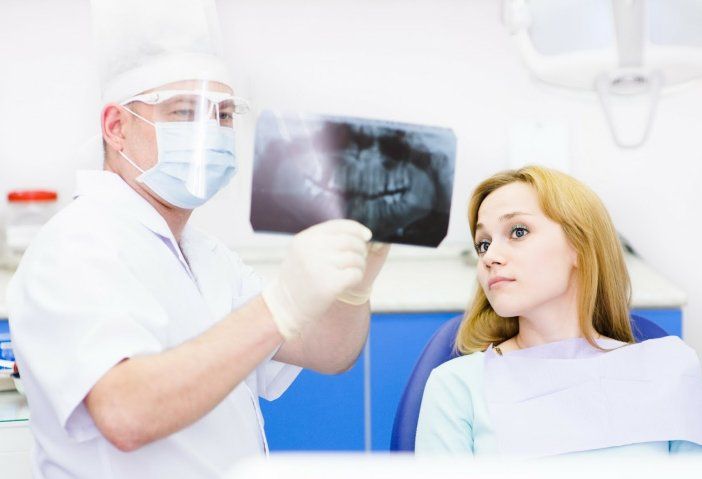How Dentists Ensure Dental X-Ray Safety

Many people know that exposure to too much radiation can have a detrimental effect on their life. Many people also know that dental x-rays are radiation. However, some people don't know that the benefits of dental x-ray far outweigh the risks. Besides, dentists go to great lengths to minimize radiation exposure during x-rays.
Below are some steps dentists use to minimize radiation during dental x-rays.
They Only Take the Necessary Images
Dental x-rays help dentists to see tissue problems not visible to the naked eye. However, taking an x-ray is not the only way to diagnose problems deep within your tissues. Your dentist might exhaust other methods before ordering an x-ray.
For example, the dentist may try a clinical evaluation that includes a visual examination first. Thus, you will only get the necessary dental x-rays and reduce your frequency of radiation exposure.
They Use Body Coverings
Your dentist will also ensure the radiation falls on limited areas of your body. That would limit the total radiation exposure and keep you safe. For example, the dentist may use lead material to cover some body parts, such as the neck area. Lead covering works since the material absorbs x-ray radiation.
They Use Focused Imaging
The dentist will also target and focus the radiation on the area of interest. For example, say the dentist needs an image of one of your molar's roots. The dentist will ensure the radiation only targets the area and doesn't spread to the other jaw.
They Conduct Pregnancy Screening
You should inform your dentist about your pregnancy before getting an x-ray. You can handle radiation exposure better than your unborn baby can. Thus, doctors tend to avoid x-rays during pregnancy. You may only get a pregnancy x-ray if a safer alternative isn't available. In such a case, the dentist will do their best to cover up your body and limit exposure to your belly.
They Set Low Radiation Levels
Radiation danger increases with the level of exposure - low exposure is relatively safe. Radiation exposure depends on different factors, such as:
- The part of the body targeted
- The targeted area
- The targeted depth
Your dentist will ensure the lowest possible radiation possible that can give the desired results.
They Use Previous Images
You don't need an x-ray every time you visit the dentist if you have previous x-ray images of the same area. For example, say you get an x-ray of your left mandible to examine a tumor. A few weeks later, your dentist might require an x-ray of the same area for dental diagnosis. The dentist may not need another x-ray - they may use the previous image.
They Take Single Images
Another precaution is for the dentist to get the necessary x-ray image in one take. Here, skill and experience play a part. For example, the dentist needs to position you properly, understand the exact part they wish to x-ray, and focus the x-ray on the targeted part. That way, you don't have to repeat the x-ray to get the right image.
They Use Fast Image Receptors
The image receptor sits between you and the source of the x-rays. When your dentist focuses the x-ray on you, the radiation passes through your body, and an image receptor detects it. The receptor absorbs the radiation to produce your internal tissues' images.
Your radiation exposure will last as long as necessary for the receptor to produce the necessary image. A fast image receptor can capture the radiation and produce the relevant image faster than a slow receptor. Thus, a fast receptor will expose you to less radiation than a slow receptor.
Considering the above measures, you shouldn't hesitate to get your x-rays during routine treatment. At Doctors Davis & Beyer Dental Health Professionals, we ensure patient safety for all our services. Contact us for any dental treatment and enjoy our professional services.







